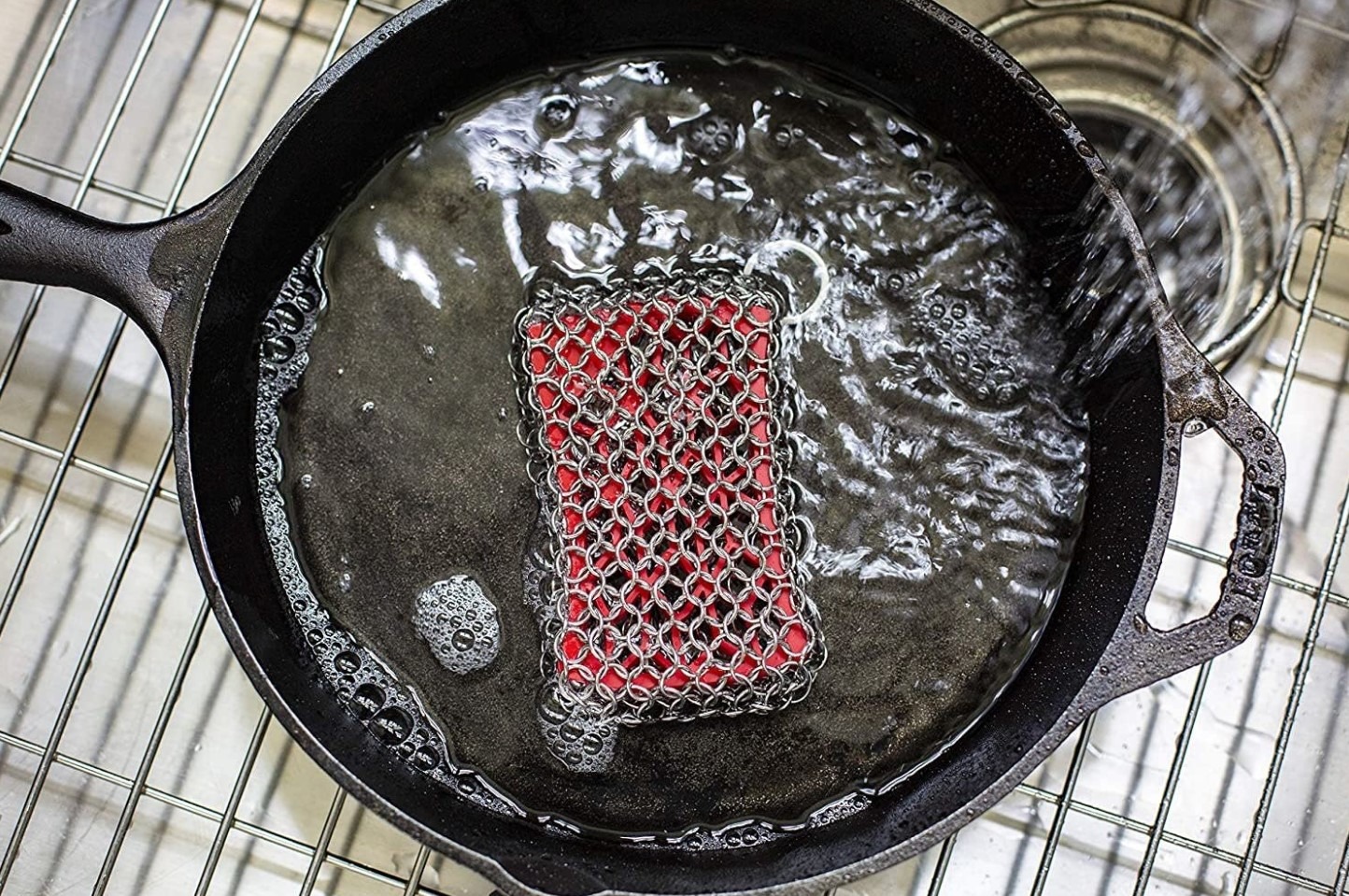Unraveling the Myth: Cleaning and Caring for Your Beloved Cast Iron Skillet
Cleaning a cast iron skillet often feels like navigating a maze of “don’ts”: don’t use soap, don’t use steel wool, don’t even think about tossing it in the dishwasher. It’s a list that’s enough to make any cook pause and reconsider the allure of cast iron altogether. But before you toss aside your trusty skillet in favor of more forgiving cookware, let’s delve into the art of cleaning and caring for your beloved cast iron, demystifying the process and uncovering the secrets to maintaining this timeless kitchen staple.
The Cast Iron Conundrum
Cast iron cookware boasts a rich heritage, dating back over a millennium. From its origins in Asia, where cauldrons and kettles first graced the hearths of ancient kitchens, to its ubiquitous presence in households worldwide, cast iron has endured the test of time. Yet, despite its longevity, cast iron fell out of favor in the 1960s with the advent of nonstick cookware, only to experience a renaissance in recent years as home cooks rediscover its myriad benefits.
The Benefits of Cast Iron
What sets cast iron apart from its sleek, modern counterparts? For starters, cast iron is remarkably affordable, making it accessible to cooks of all budgets. But its appeal extends far beyond its price tag. Cast iron is virtually indestructible, capable of withstanding high temperatures and enduring decades of use without losing its luster. Its natural nonstick properties and superior heat retention ensure even cooking and baking, while its versatility—available in various shapes and sizes, from fry pans to Dutch ovens—makes it a kitchen workhorse.
Moreover, in an era marked by a growing awareness of health and environmental concerns, cast iron emerges as a sustainable and health-conscious choice. Unlike aluminum or traditional nonstick pans, which may leach harmful chemicals into your food, cast iron offers a safe and chemical-free cooking surface.
The Cast Iron Cleaning Conundrum
Despite its many virtues, cast iron is not without its challenges. One of the most persistent myths surrounding cast iron care revolves around cleaning. Traditional wisdom dictates that soap is the enemy of cast iron, capable of stripping away its prized seasoning—a protective layer of polymerized oil that renders the surface nonstick and imparts a rich depth of flavor to your culinary creations.
But is this fear of soap justified? The answer is both yes and no. While it’s true that harsh detergents and abrasive scrubbers can compromise the seasoning, leading to rust and diminished performance, the notion that soap is inherently harmful to cast iron is largely a misconception. In reality, when used judiciously and in conjunction with proper care techniques, soap can be a valuable ally in your cast iron cleaning arsenal.
The Soap Debate: To Lather or Not to Lather
The debate over soap usage in cast iron care has sparked passionate discourse among cooks and culinary experts alike. On one side of the spectrum are purists who staunchly adhere to the “no soap” rule, viewing any deviation from this doctrine as sacrilege. Their rationale is rooted in a desire to preserve the integrity of the seasoning and safeguard the cherished patina that develops over time—a testament to years of faithful use and countless meals shared around the table.
On the opposite end of the spectrum are pragmatists who advocate for a more liberal approach to cast iron cleaning, arguing that a little soap now and then won’t spell the demise of your skillet. Their philosophy is grounded in practicality and modern convenience, acknowledging that while soap may strip away some of the seasoning, it’s a small price to pay for the assurance of cleanliness and sanitation.
Finding Common Ground: The Art of Cast Iron Care
So, where does the truth lie in this age-old debate? As with many matters of culinary lore, the answer ultimately depends on your personal preferences and cooking habits. While die-hard traditionalists may recoil at the mere mention of soap, others may find solace in the reassurance of a squeaky-clean skillet, free from the remnants of yesterday’s meal.
Fortunately, there exists a middle ground—a compromise that allows you to enjoy the best of both worlds without sacrificing the integrity of your cast iron. The key lies in understanding the principles of proper cast iron care and tailoring your cleaning routine to suit your individual needs.
The Golden Rules of Cast Iron Care
At the heart of effective cast iron care lies a few golden rules:
1. Seasoning is Paramount: Whether you’re a fervent believer in the power of seasoning or a skeptic wary of its mystique, there’s no denying its importance in the realm of cast iron care. Seasoning not only provides a nonstick surface for cooking but also serves as a protective barrier against rust and corrosion. To maintain your skillet’s seasoning, avoid harsh chemicals and abrasive scrubbers that can strip away the protective layer.
2. Use Soap Sparingly: While soap can be a valuable tool for tackling stubborn residues and ensuring thorough cleanliness, exercise caution when using it on your cast iron. Opt for mild, unscented dish soap and avoid harsh detergents that may erode the seasoning. When in doubt, a gentle scrub with hot water and a non-abrasive sponge is often sufficient to remove food particles and debris.
3. Dry Thoroughly: To prevent rust and preserve the integrity of your seasoning, it’s crucial to dry your cast iron skillet thoroughly after cleaning. Use a clean dish towel or paper towels to pat the skillet dry, then place it on the stovetop over low heat to evaporate any lingering moisture. Once dry, apply a thin layer of oil to the cooking surface to replenish the seasoning and protect against oxidation.
By adhering to these simple guidelines and approaching cast iron care with a blend of reverence and pragmatism, you can enjoy the timeless appeal of cast iron cookware for years to come. So go ahead, embrace the legacy of your beloved skillet, and savor the culinary adventures that await.
Conclusion
In the realm of kitchen essentials, few items evoke as much nostalgia and reverence as the humble cast iron skillet. From its humble origins in ancient kitchens to its enduring presence in modern households, cast iron embodies a legacy of craftsmanship, tradition, and culinary excellence.
Yet, for all its virtues, cast iron is not without its challenges. From the intricacies of seasoning to the perennial debate over soap usage, caring for your cast iron skillet requires a delicate balance of tradition and innovation. By understanding the principles of proper cast iron care and embracing the evolution of culinary wisdom, you can ensure that your beloved skillet remains a cherished companion in your culinary adventures for generations to come.
So, the next time you find yourself facing the daunting task of cleaning your cast iron skillet, remember this: while the path to perfection may be fraught with “don’ts” and debates, the journey itself is a testament to the enduring legacy of cast iron cookware—a legacy that continues to inspire and delight cooks around the world.








